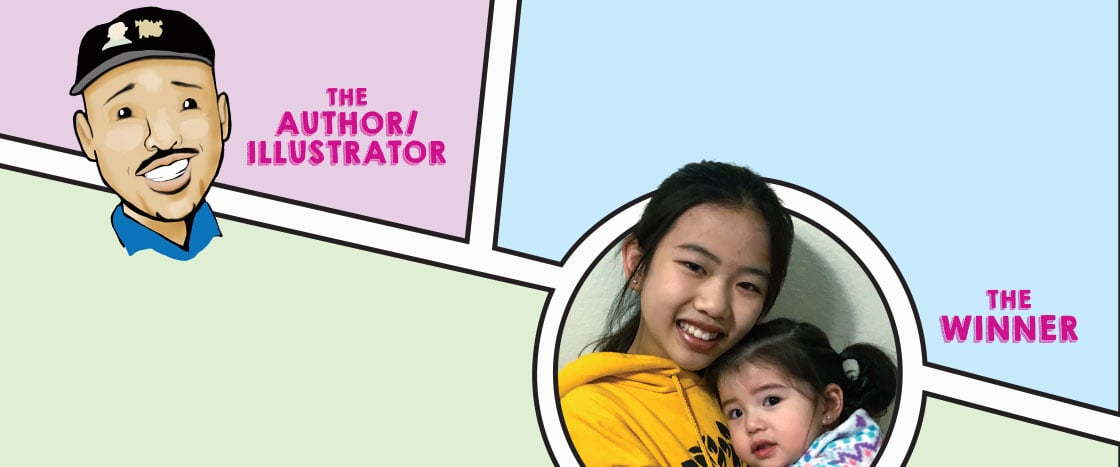ILLUSTRATIONS BY JERRY CRAFT
Jerry Craft is an author and illustrator. His graphic novel, New Kid, won the 2020 Newbery Medal.
“I loved reading all the amazing entries. It wasn’t easy to pick one!”

We received 1,340 entries for this year’s create a character contest!
Learning Objective: Students will make inferences about character, using both words and images in a graphic novel-style story.
Get background, tips, and more resources for teaching graphic novels Scholastic’s “Guide to Using Graphic Novels With Children and Teens.” You can find more ideas and a teacher discussion of graphic novels at this Cult of Pedagogy blog post.
The creator of our very first graphic story in Storyworks is none other than the Newbery-award winning author and artist Jerry Craft. In this video, he shares the story behind how he came to write his prizewinning graphic novel, New Kid.
This step-by-step guide for creating comics, by illustrator Jessica Emmett, walks kids through making their own graphic stories. It will also help them develop a deeper understanding of the graphic novels they read.
More About the Story
Skills
vocabulary, problem and solution, character, making connections, evaluating, theme
Complexity Factors
Levels of Meaning/Purpose
The story is about a girl’s struggle to choose one of her two ethnic backgrounds to celebrate at school. While her solution is clever and positive, the pressure she feels to choose an ethnicity to identify with is thought-provoking and worthy of more discussion.
Structure
The story is chronological and is presented in the style of a graphic novel.
Language
The story includes some challenging vocabulary, such as heritage and traditions, as well as some words that name foods from various cuisines.
Knowledge Demands
The story mentions foods from many cultures (e.g. kimchi, borscht, soda bread). Familiarity with burritos and wontons will be especially helpful.
1. Preparing to Read
Introduce the Story (5 minutes)
Set a Purpose for Reading (5 minutes)
Vocabulary (10 minutes)
2. Close Reading
Read and Unpack the Text (45 minutes)
Close-Reading Questions
Critical-Thinking Question
3. Skill Building
Featured Skill: Visual Literacy
This graphic format can be ideal for struggling readers. They can practice comprehension skills with the support of visual cues and minimal text. Guide them to complete the Skill Builders in our Core Skills Workout.
Invite students to rewrite this story as a traditional narrative, adding descriptive passages to replace the images. Alternatively, divide students into groups and ask each group to rewrite one part of the story as a narrative.
Before reading, review vocabulary words that might be challenging for ELL students; for example, represents, heritage, specialty, generations, and recipes. After reading, have students discuss whether they think Liz found a good solution.
If students enjoyed this story, invite them to read Jerry Craft’s award-winning graphic novel, New Kid. It’s about an African American boy who attends a prestigious private school and must navigate being one of the few kids of color there.